Instruction
Top of the backswing: Cupped, bowed or flat?
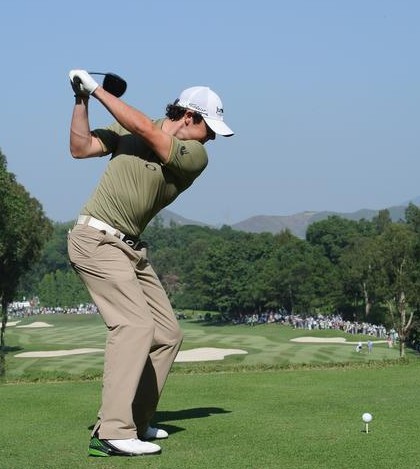
Should a golfer have a cupped, bowed, or flat left wrist position at the top of swing? The answer is it doesn’t matter.
Now that’s not 100 percent true, but I will explain why you shouldn’t be paying attention to the left wrist at the top of the swing (for a right handed golfer). If you look at the best players in the world, you will see some large variations in left wrist positions at the top of the swing. This is because they all have different grips. So you ask, “If we aren’t supposed to pay attention to the left wrist at the top of the swing, what are we supposed to be working toward?”
When we get into wrist conditions at the top of the swing, we can keep it simple by looking at the right wrist. In order to have a forward leaning shaft at impact and take a divot after the ball the right wrist must be bent backwards. If you want the right wrist bent backwards at impact, common sense would tell you that you want to create this backward bend in the right wrist in the backswing. If your right wrist is not bent at the top of the backswing it will be much harder to create this bend on the downswing, and even harder to do it consistently. Let’s look at a couple tour players at the top of the swing at see where they differ and where they are similar.



[Above, from left to right: Nick Faldo (cupped), Tiger Woods (flat) and Dustin Johnson (bowed)]
If we look at these three swings we see players on every end of the spectrum; cupped, flat, and very bowed. While these three players look quite different at the top of the swing in many respects they all have a very similar amount of right wrist bend at the top of the swing. The stronger your left hand is in relation to your right hand the more cupped the left wrist will appear when your right wrist is bent backwards. If your left hand is weaker than your right hand the left wrist will appear bowed when your right wrist is bent at the top of the swing.
For the majority of golfers who struggle to get shaft lean and slice the ball the left hand grip is weaker than the right hand. So when this right wrist bend is created, it makes the left wrist bowed which feels both awkward and wrong. For many golfers, creating this right wrist bend will make the club face feel very closed, almost like it is facing the ground. This is to be expected and is a good thing, because if the clubface is too open on the downswing you will never have forward shaft lean.
The secondary benefit of right wrist bend is it helps shallow out angle of attack and helps shallow out the plane angle making it easier to get path inside out for the average golfer. So in summary, the correct left wrist position at the top of the swing is whichever one that results from having your right wrist bent at the top of the swing. This will vary based on how you grip the club and for many will make the club feel more closed during the backswing.
As a drill I suggest hitting 3/4 punch shots where golfers focus on creating a bent right wrist in the backswing and then thumping the ground after the ball. Hopefully this leads to more solid contact and shorter putts.
Click here for more discussion in the “Instruction & Academy” forum.
- LIKE233
- LEGIT41
- WOW26
- LOL16
- IDHT11
- FLOP21
- OB16
- SHANK48
Instruction
Clement: Stop ripping off your swing with this drill!

Not the dreaded headcover under the armpit drill! As if your body is defective and can’t function by itself! Have you seen how incredible the human machine is with all the incredible feats of agility all kinds of athletes are accomplishing? You think your body is so defective (the good Lord is laughing his head off at you) that it needs a headcover tucked under the armpit so you can swing like T-Rex?
- LIKE0
- LEGIT0
- WOW1
- LOL0
- IDHT0
- FLOP0
- OB0
- SHANK2
Instruction
How a towel can fix your golf swing
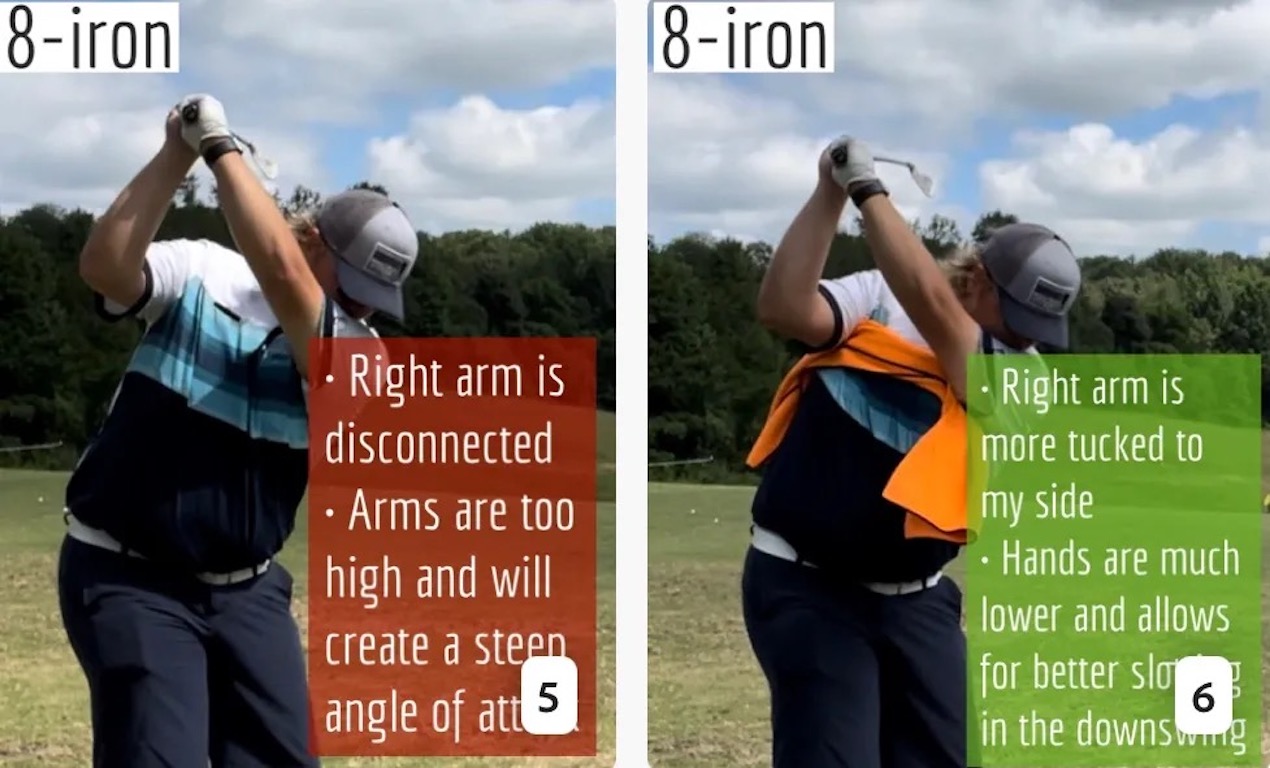
This is a classic drill that has been used for decades. However, the world of marketed training aids has grown so much during that time that this simple practice has been virtually forgotten. Because why teach people how to play golf using everyday items when you can create and sell a product that reinforces the same thing? Nevertheless, I am here to give you helpful advice without running to the nearest Edwin Watts or adding something to your Amazon cart.
For the “scoring clubs,” having a solid connection between the arms and body during the swing, especially through impact, is paramount to creating long-lasting consistency. And keeping that connection throughout the swing helps rotate the shoulders more to generate more power to help you hit it farther. So, how does this drill work, and what will your game benefit from it? Well, let’s get into it.
Setup
You can use this for basic chip shots up to complete swings. I use this with every club in my bag, up to a 9 or 8-iron. It’s natural to create incrementally more separation between the arms and body as you progress up the set. So doing this with a high iron or a wood is not recommended.
While you set up to hit a ball, simply tuck the towel underneath both armpits. The length of the towel will determine how tight it will be across your chest but don’t make it so loose that it gets in the way of your vision. After both sides are tucked, make some focused swings, keeping both arms firmly connected to the body during the backswing and follow through. (Note: It’s normal to lose connection on your lead arm during your finishing pose.) When you’re ready, put a ball in the way of those swings and get to work.
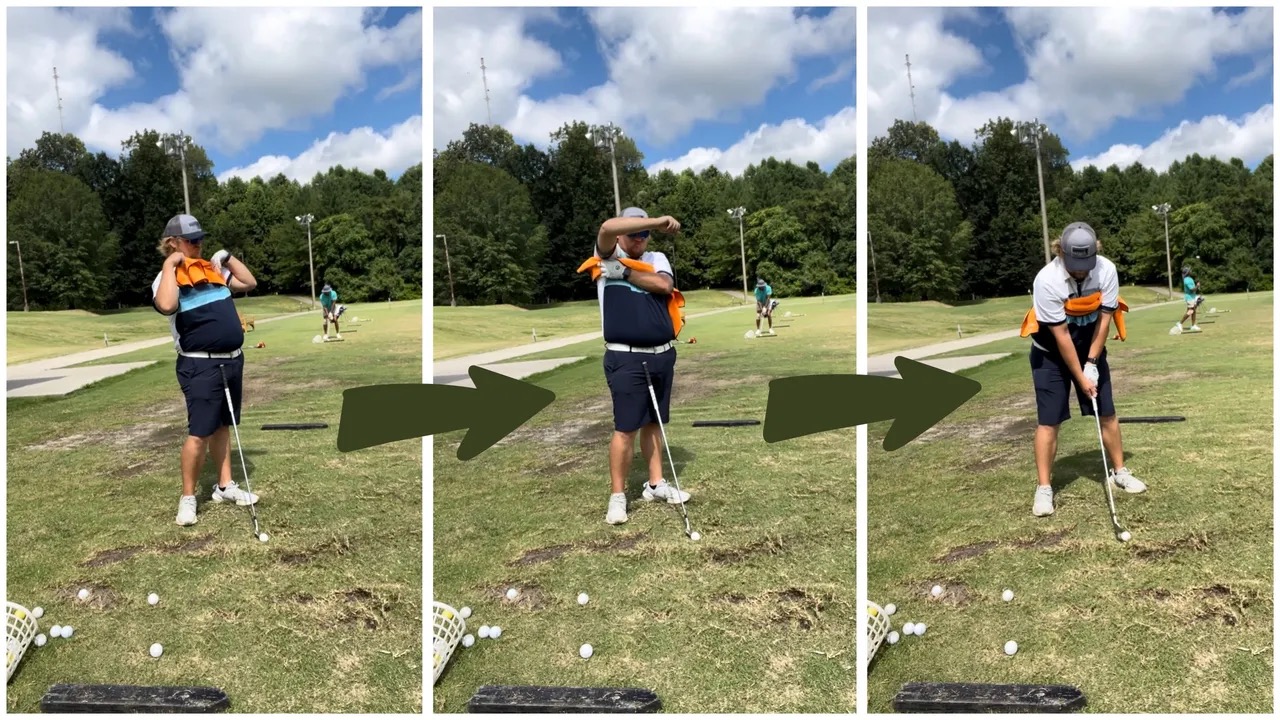
Get a Better Shoulder Turn
Many of us struggle to have proper shoulder rotation in our golf swing, especially during long layoffs. Making a swing that is all arms and no shoulders is a surefire way to have less control with wedges and less distance with full swings. Notice how I can get in a similar-looking position in both 60° wedge photos. However, one is weak and uncontrollable, while the other is strong and connected. One allows me to use my larger muscles to create my swing, and one doesn’t. The follow-through is another critical point where having a good connection, as well as solid shoulder rotation, is a must. This drill is great for those who tend to have a “chicken wing” form in their lead arm, which happens when it becomes separated from the body through impact.
In full swings, getting your shoulders to rotate in your golf swing is a great way to reinforce proper weight distribution. If your swing is all arms, it’s much harder to get your weight to naturally shift to the inside part of your trail foot in the backswing. Sure, you could make the mistake of “sliding” to get weight on your back foot, but that doesn’t fix the issue. You must turn into your trial leg to generate power. Additionally, look at the difference in separation between my hands and my head in the 8-iron examples. The green picture has more separation and has my hands lower. This will help me lessen my angle of attack and make it easier to hit the inside part of the golf ball, rather than the over-the-top move that the other picture produces.
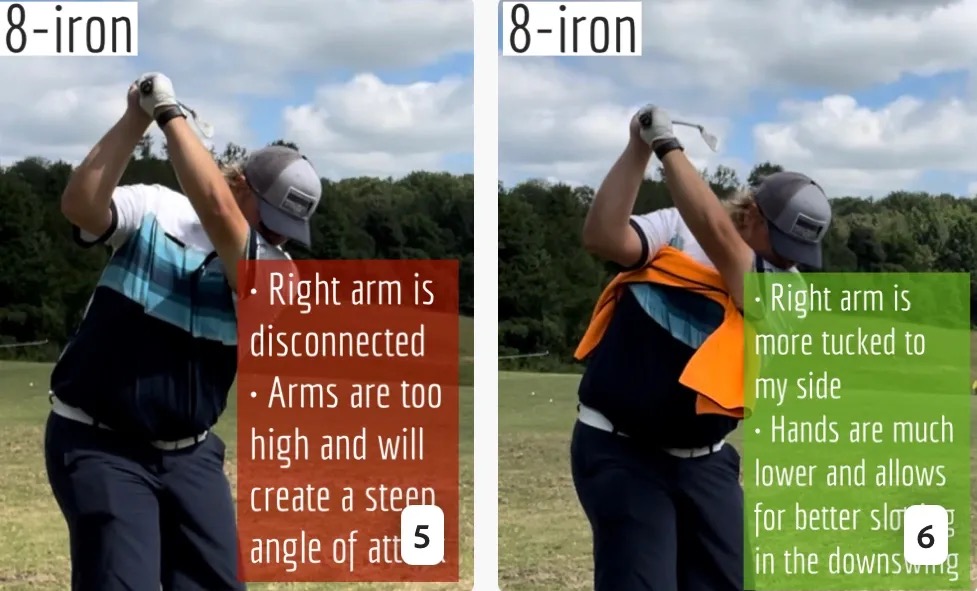
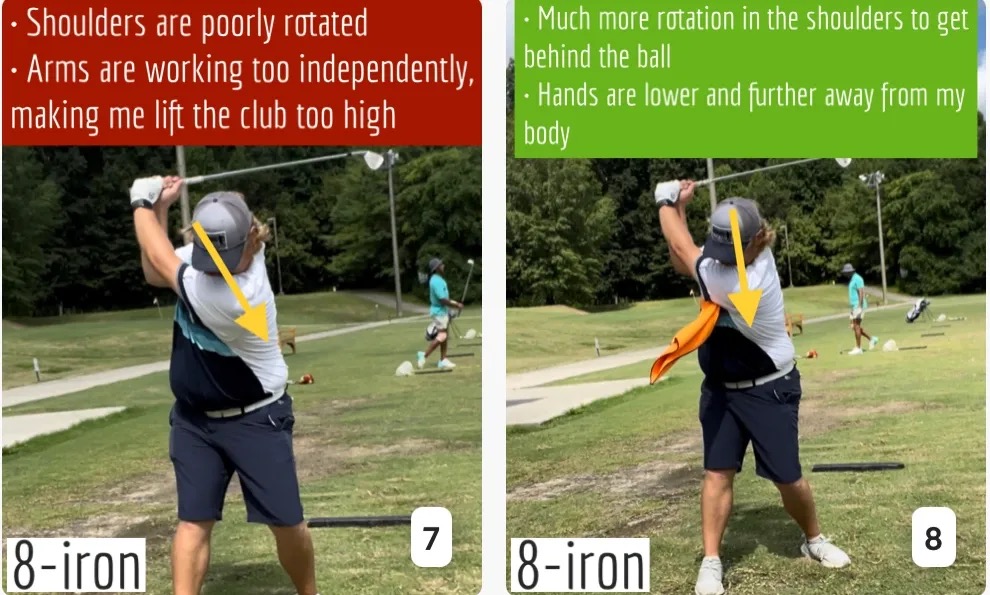
Stay Better Connected in the Backswing
When you don’t keep everything in your upper body working as one, getting to a good spot at the top of your swing is very hard to do. It would take impeccable timing along with great hand-eye coordination to hit quality shots with any sort of regularity if the arms are working separately from the body.
Notice in the red pictures of both my 60-degree wedge and 8-iron how high my hands are and the fact you can clearly see my shoulder through the gap in my arms. That has happened because the right arm, just above my elbow, has become totally disconnected from my body. That separation causes me to lift my hands as well as lose some of the extension in my left arm. This has been corrected in the green pictures by using this drill to reinforce that connection. It will also make you focus on keeping the lead arm close to your body as well. Because the moment either one loses that relationship, the towel falls.
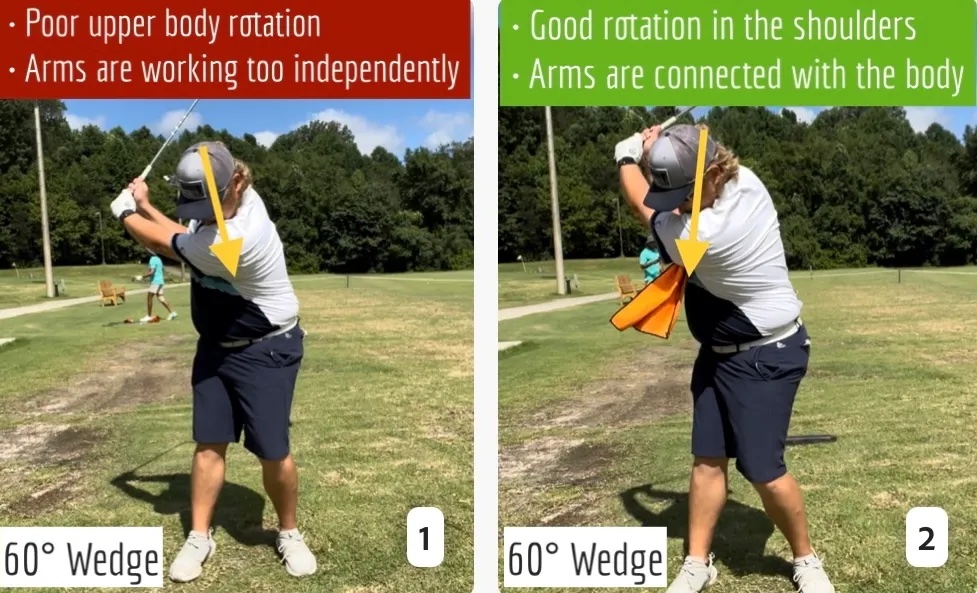
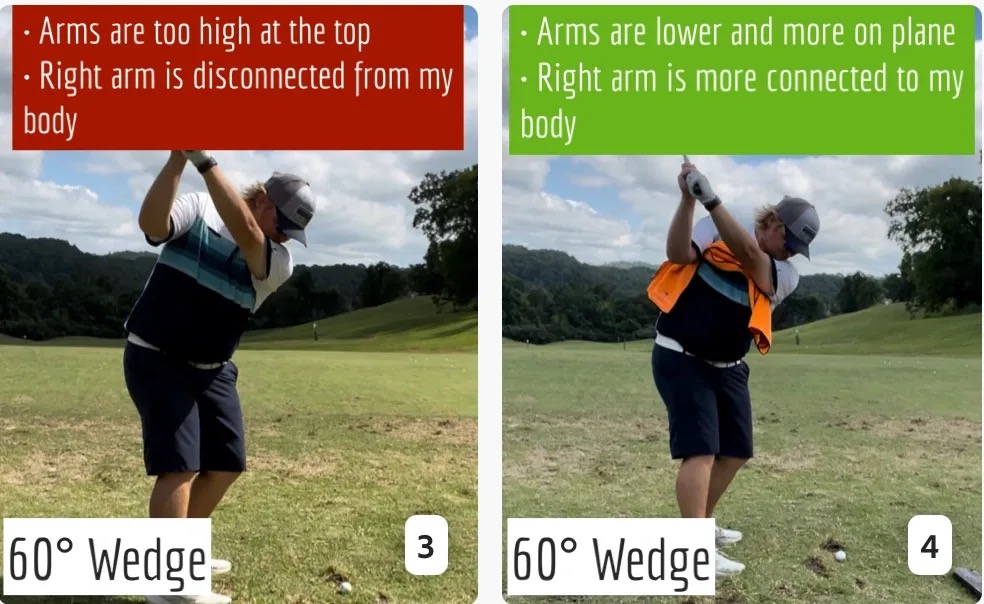
Conclusion
I have been diligent this year in finding a few drills that target some of the issues that plague my golf game; either by simply forgetting fundamental things or by coming to terms with the faults that have bitten me my whole career. I have found that having a few drills to fall back on to reinforce certain feelings helps me find my game a little easier, and the “towel drill” is most definitely one of them.
- LIKE11
- LEGIT1
- WOW2
- LOL0
- IDHT0
- FLOP2
- OB0
- SHANK8
Instruction
Clement: Why your practice swing never sucks
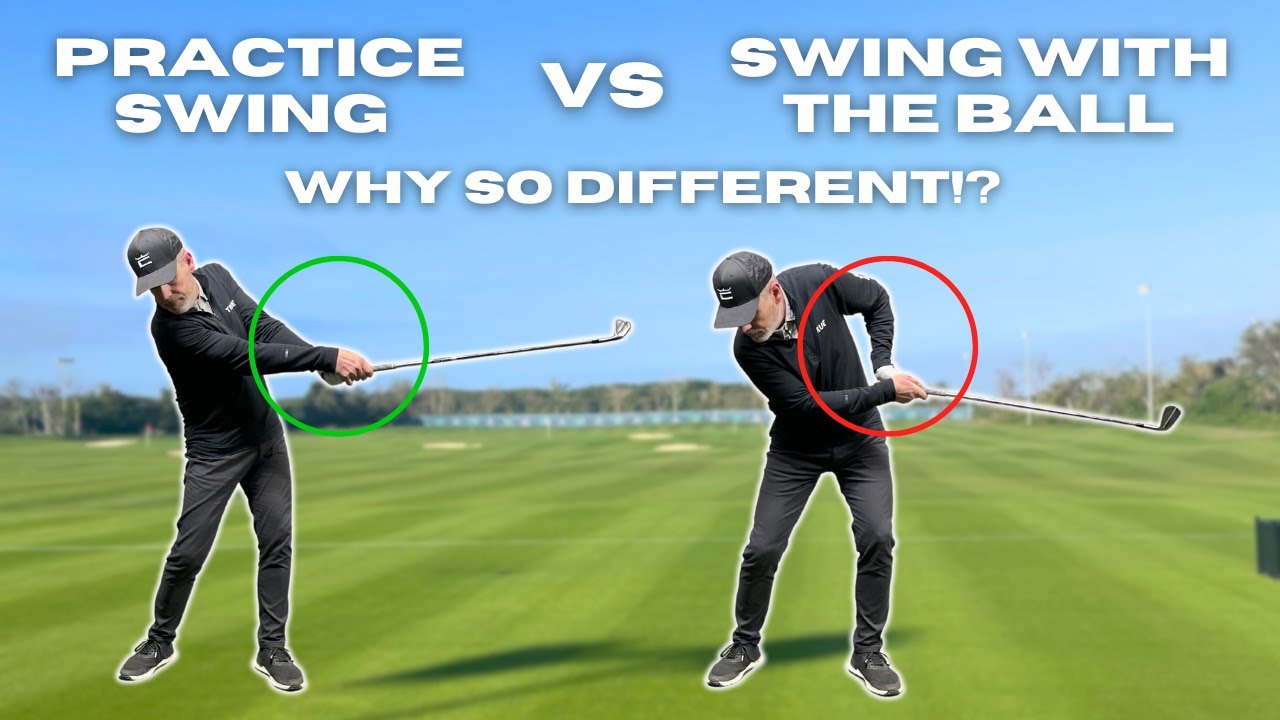
You hear that one all the time; I wish I could put my practice swing on the ball! We explain the huge importance of what to focus on to allow the ball to be perfectly in the way of your practice swing. Enjoy!
- LIKE0
- LEGIT0
- WOW0
- LOL0
- IDHT0
- FLOP0
- OB0
- SHANK2
-
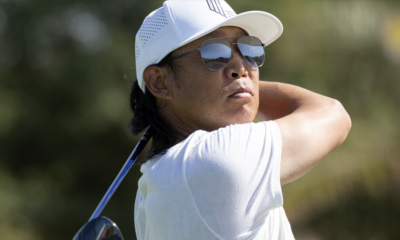
 19th Hole3 weeks ago
19th Hole3 weeks agoTour pro calls Anthony Kim a ‘f*****g idiot’ following Instagram comeback post
-
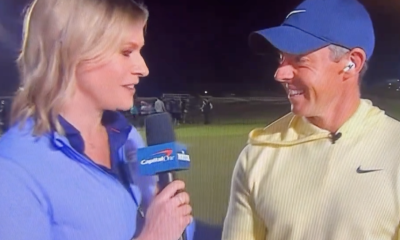
 19th Hole3 weeks ago
19th Hole3 weeks agoThis Rory McIlroy post-round ‘The Match’ moment is going viral…but all is likely not what it seems
-

 Whats in the Bag3 weeks ago
Whats in the Bag3 weeks agoAnthony Kim WITB 2024 (February)
-
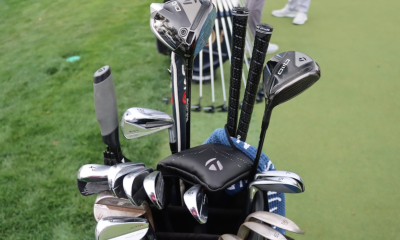
 Whats in the Bag2 weeks ago
Whats in the Bag2 weeks agoScottie Scheffler WITB 2024 (March)
-
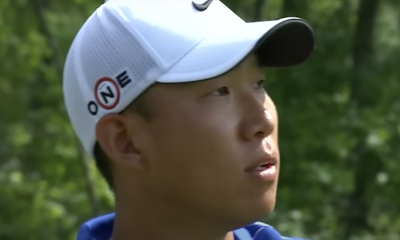
 19th Hole3 weeks ago
19th Hole3 weeks agoAnthony Kim’s speculated LIV Golf sign-on fee may surprise you
-
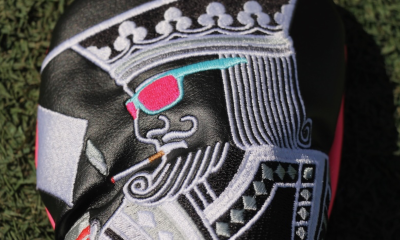
 Tour Photo Galleries2 weeks ago
Tour Photo Galleries2 weeks agoPhotos from the 2024 Arnold Palmer Invitational
-
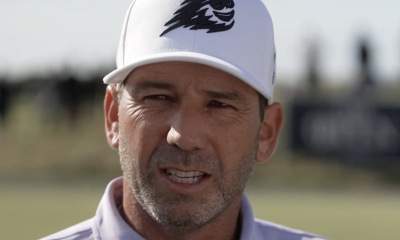
 19th Hole2 weeks ago
19th Hole2 weeks agoThe total sum that Sergio Garcia needs to pay in fines if he wants to return to DP World Tour revealed
-
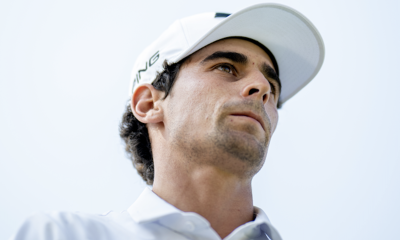
 19th Hole2 weeks ago
19th Hole2 weeks agoJoaquin Niemann names 3 PGA Tour events he’d love to play each year ‘in a perfect world’









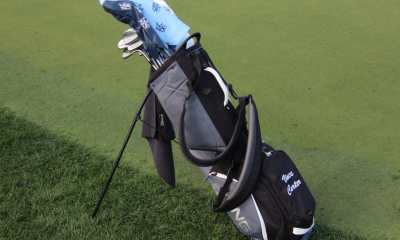

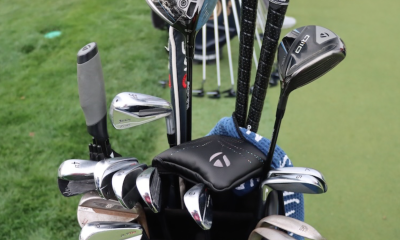

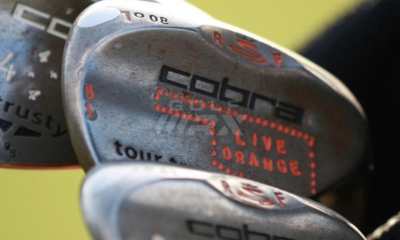

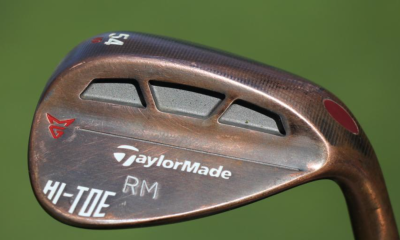

Tom
Nov 17, 2016 at 1:23 pm
Yup, dump! Lol
Jerry Noble
Jan 7, 2016 at 9:58 pm
If you are a bogey golfer then you have more problems than your wrist
Sebastien
May 20, 2015 at 3:54 am
Ben Hogan was cupped at the top and then released it in transition to bowed, it takes ages to learn (3 months), Sergio Garcia is flat at the top and bows at transition also, bowing the wrist at some point in the downswing leads to an impact that is indescribable like Moe Norman’s feeling of greatness.P.S. that top picture is Ernie Ella. Regards.
ed
May 24, 2015 at 12:24 pm
Spot on. I recently just viewed a video of how Ben Hogan would basically manually bow his wrist at the peak of the back swing. I am trying to keep my wrist bowed from the get go (kind of like Dustin Johnson). At some point in order to create lag your wrist is going to have to bow. No way around it. I think the negative connotation from the bowing comes from golfer’s who do not leverage their forward momentum correctly which will eventually square the club face to the ball. Of course if your club is coming around faster than your body the club face will be angled inwards which creates a hook. It’s all about the timing. I used to cup my wrists when I first starting playing…and there are definitely no benefits at all to this. That will lead to scooping the ball in order to attempt to get the club face around.
Pingback: Cupped, flat or bowed wrist at the top?
heath
Jan 22, 2014 at 8:56 am
forget about what your wrist “looks” like at the top…i cup my wrist at the top and i hit it further than anyone at my club, it’s where all my power comes from, i also have no problem hitting a draw with a fairly neutral grip while doing it. this exercise of trying to unnaturally flatten your left wrist at the top of the swing so you can look good is a load of toss
Pingback: ??????????????? | SwingCoach.Me|Lessons
Aaron Johnston
May 30, 2013 at 9:08 pm
I’m much more in favour of the flat left wrist simply because at the top of the backswing it looks more natural and you can focus on a flat left wrist easier thank a bent right wrist.
To hit the ball solid, its all down to not hinging the wrists on the downswing along with keeping that shape you had at the top of the backswing, until you reach waist height and starting to rotate the forearms aiming for your left wrist to be facing the target line.
Nice article, though I’m not sure about the right wrist drill.
mike d
Mar 26, 2013 at 10:54 am
Brilliantly said dan…most address swing problems from the outside in. The game should be taught from the inside out, ground up.
Sara
Dec 11, 2012 at 5:07 pm
Very nice, Dan!
ben
Nov 21, 2012 at 8:50 pm
Whatever works for each individual, its the right way. To me the flat wrist to me is the most simple and gets the club on plane better and a better position at the top without compensations.
David
Nov 17, 2012 at 4:14 pm
I’m sure this is all true. All I know is what works for me. If I don’t have my wrist flat, I’m hitting a bad shot.
I’m not gonna’ work on it any more as I’m just a bogie golfer and kinda’ satisfied with that. If I were to be a 10 handicap golfer, maybe, but, I’m fat, dump and happy 🙂